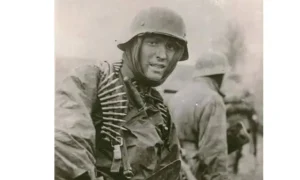Let’s be real shopping for a military guy isn’t about showing off or picking the trendiest gadget. It’s about knowing him, really knowing him. You want something that fits the way he rolls maybe he’s prepping for another deployment, winding down after a long stretch, or just kicking back in civilian life and figuring out what’s next.
The stuff that sticks? It’s always the gear he actually uses. The things he remembers. Sometimes he’ll even hand it down, like some sort of family legend. I’m talking about that beat-up multitool he keeps clipped to his belt, or a patch with his old call sign that brings back a hundred stories, or that little morale-boosting surprise stashed in the bottom of his rucksack. The right gift isn’t just a “Hey, I was thinking of you.” It’s more like, “Yeah, I get where you’ve been.”
That’s kind of the whole deal at miltrade.com. We’re not just slinging random stuff. We connect collectors, vets, and military families with legit gear and keepsakes the kind that isn’t just useful, but loaded with history and meaning. It’s about pride, about identity. It’s about carrying a piece of something bigger than yourself.
Uniform Models Used During WWI

By the time World War I rolled around, Japan had pretty much ditched the old-school samurai ish military getups and jumped onto the European fashion train—think French and German army vibes, but with a Japanese twist. It wasn’t just about looking cool, either. They were getting serious about function, too. This whole makeover basically set the stage for all the uniforms Japan would mess around with through the early 20th century.
1. Type 45 Uniform (1911 and onward)
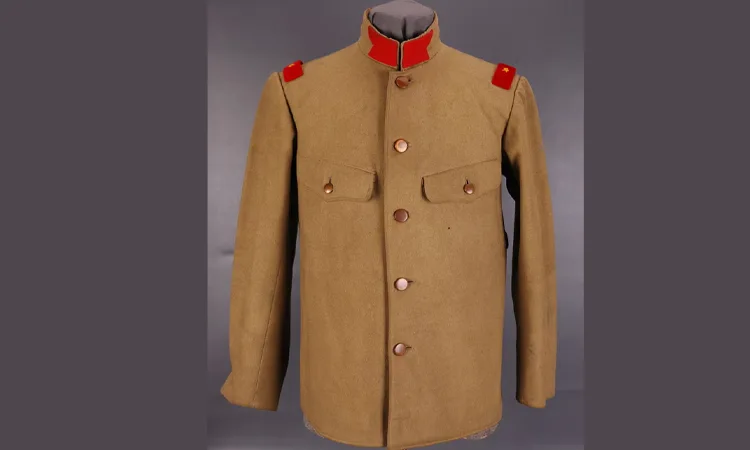
This was the go-to, bread-and-butter uniform for Japanese soldiers during WWI. Gone were the flashy blue dress coats. Instead, you got a khaki setup that made way more sense when you’re crawling through mud or roasting under the sun.
Jacket: Short, stand-up collar, five brass buttons—nice and simple. They slapped colored tabs on the collar to show what branch you were in.
Trousers: Straight-legged khaki pants, tucked into puttees (those long strips of cloth wound around your calves super old-school, but kinda cool).
Fabric: Winter? Heavy wool. Sweltering summer? Lighter cotton. They weren’t monsters.
Inspo: Ripped off the Europeans, but kept it basic so they could crank out tons of uniforms.
2. Hot Weather Gear
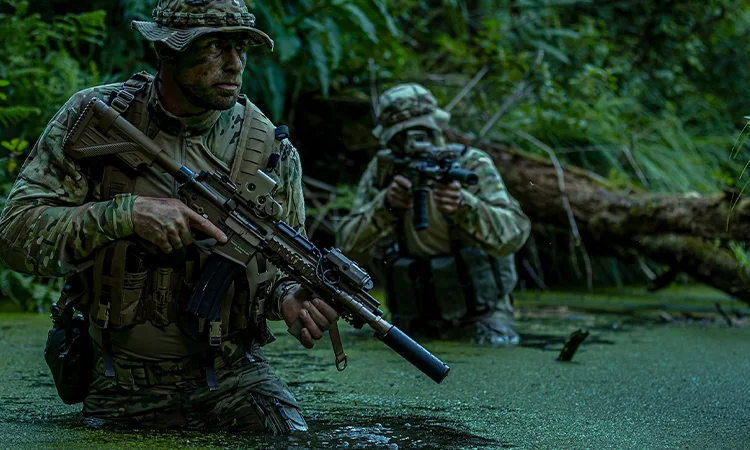
If you got shipped out to somewhere sticky and miserable like southern China or Korea, you got a hotter-weather version. Lucky you.
Features: Lighter cotton, pants that stopped somewhere around your calves, and sometimes even short sleeves if you hit the jackpot.
Fun fact: These are rare finds today. Collectors drool over them, partly because not that many survived and partly because, well, they look cool.
3. Headgear: Type 45 Cap and Friends
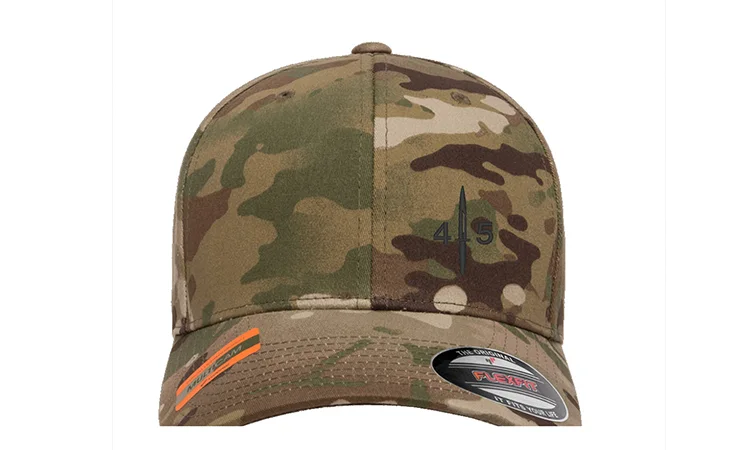
The main headgear was the Type 45 cap—a soft, round-topped hat with a short brim. Not exactly a fashion statement, but it did the job.
Design: Rounded crown, flat top, and a shiny badge with the Imperial Star front and center.
Variants: Out in the field, guys sometimes wore even simpler cloth caps or sunshields tied under the chin. Gotta keep the sun off somehow.
Rarity: Find one today with all the original insignia? That’s collector catnip.
4. Gear & Extras
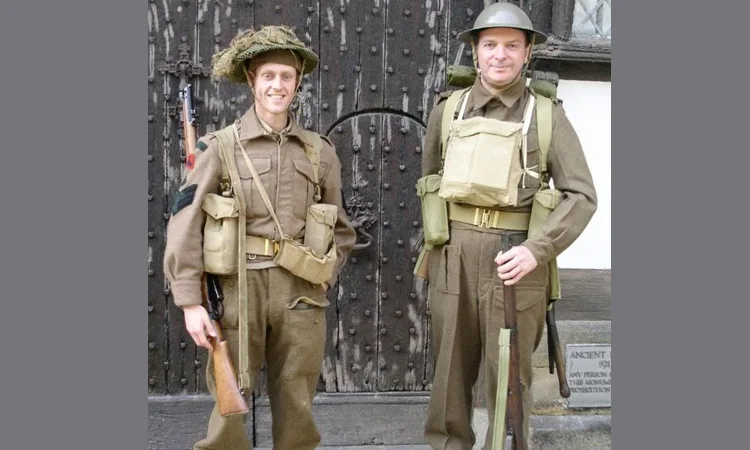
The uniform itself wasn’t complicated, but the gear really tied the whole look together.
Puttees: Those are the calf wraps you see in every old WWI photo Japan wasn’t unique here, but it’s classic.
Belts & Pouches: Leather cartridge boxes, belts with shiny brass bits, haversacks that screamed “inspired by Europe.”
Bayonets: The standard was the Type 30, complete with a long blade and a hooked bit at the end. Hung on the left hip, ready to go.
Here’s the thing: These uniforms never saw the Western Front, but they’re a huge part of the story of how Japan turned into a modern military power. And if you’re a collector? Good luck finding one, since they’re way scarcer than the World War II stuff—if you spot one in decent shape, you’re looking at a real gem.
WWI Japanese Uniform Breakdown: Types, Features & Field Use
| Uniform Type | Key Features | Notable Uses |
|---|---|---|
| Type 45 Standard Uniform | Khaki wool or cotton; stand-up collar with colored tabs; brass buttons | Main combat uniform used throughout WWI |
| Hot Weather Variant | Lighter cotton; cropped trousers; sometimes short-sleeved | Used in tropical deployments like China and Korea |
| Type 45 Cap | Round top, short brim, brass Imperial Star badge | Standard headgear across infantry units |
| Gear & Accessories | Puttees, leather pouches, Type 30 bayonet | Issued with all combat uniforms |
Key Features to Identify Authentic Japanese WWI Uniforms
As a historian, a collector, or simply a fan of militaria from the early 20th century, it’s no small accomplishment to see an original Japanese WWI uniform. They’re so much rarer than WWII uniforms, and reproductions or misidentified fakes are prevalent. Which is exactly why knowing the exact telltale signs of genuineness can be a matter of life and death — both historically and financially.
Here’s what you should be watching out for when trying to locate an authentic Japanese WWI uniform:
1. Fabric and Texture

Authentic Type 45 uniforms were made of coarse wool in cold weather models and light cotton in hot-weather models.
Wool: Coarse, slightly, olive-tan in color, and thicker than post war stuff. Should be heavy and rigid.
Cotton: Lighter khaki color, more ventilated, typically with visible hand or machine stitch.
Reproductions prefer smoother, modern weaves or polyester blends which are an immediate giveaway.
2. Collar Design and Insignia
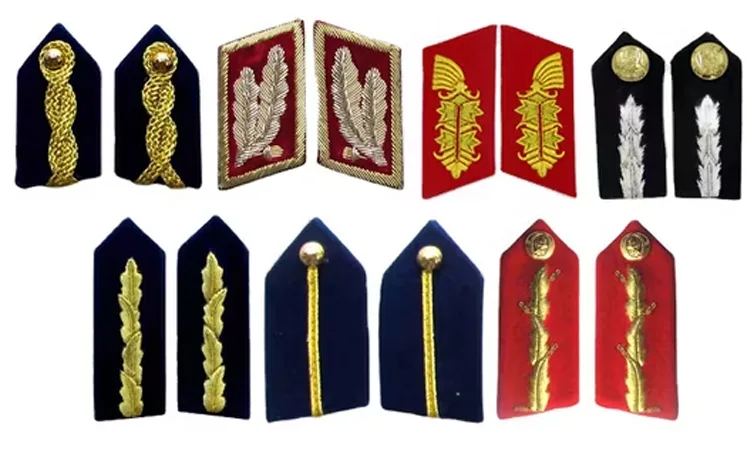
The type 45 tunic’s standup collar is perhaps one of its most distinctive features.
Collar Tabs: Look for colored felt or stitched fabric tabs stitched directly onto the collar red infantry, yellow cavalry, and other hues for artillery, engineers, etc.
Insignia: Tabs typically had embroidered rank or unit numerals, and most had a small brass or stamped star above them.
3. Buttons and Fasteners
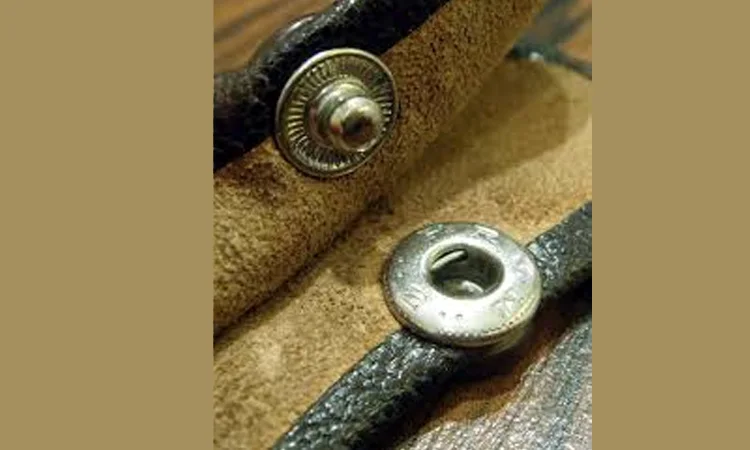
Original buttons were brass, normally displaying the Imperial Chrysanthemum or five-pointed star emblem.
They should be slightly faded with age but not rusted.
Post-war copies typically utilize plastic, generic brass buttons, or reproduction insignias.
Examine the back of the button for stamping or maker marks this is an absolute sign of authenticity.
4. Stamps and Markings
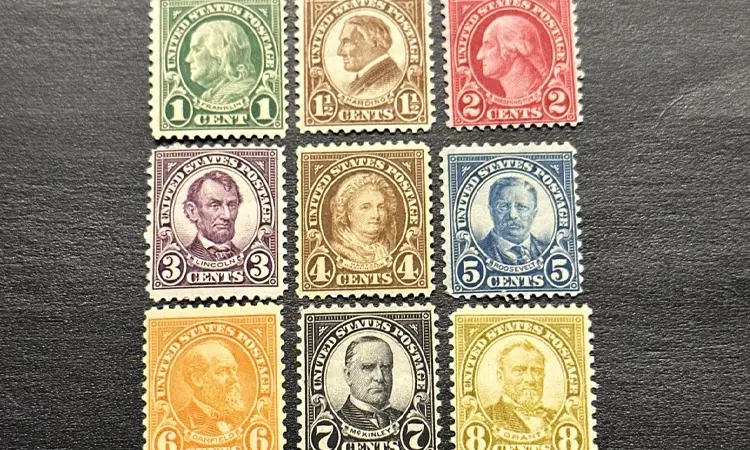
Authentic WWI Japanese uniforms were issued by the military and often stamped on the inside lining.
Look for ink stamps in kanji script, arsenal names, or production dates.
These tend to go on the back inner side of the tunic or trousers waistband.
When the stamp is too perfect, too recent, or in English print — it’s likely a fake or theatrical replica.
5. Headgear Details
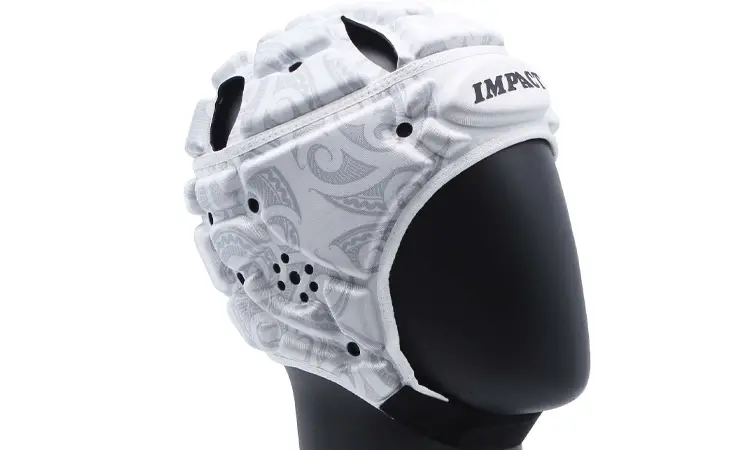
The Type 45 cap is one of the most popular pieces of the uniform — and the most counterfeited.
Shape: Rounded crown, soft-sided with flat front brim
Insignia: Brass Imperial Star glued in the center — never embroidered or sewn.
Lining: Often had a printed or stamped Japanese name tag, often including unit or size details
Watch for caps with Velcro or foam inserts that can be adjusted — those are clear modern insertions.
6. Construction and Stitching
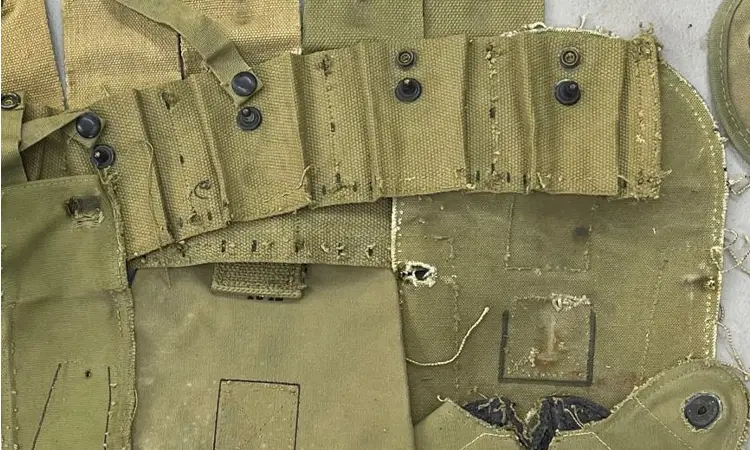
Check how the uniform was built.
Seams: Machine stitched but often irregular, showing signs of hand reinforcement
Pockets: Squared with flaps, typically stitched in slightly uneven directions (a trait of early mass production)
Repairs: Small period repairs are a good sign of authenticity. Anything too perfect looking can be fake.
Collecting Tips for Enthusiasts
Japanese WWI uniforms man, these things are crazy rare, even in the weird world of militaria collecting. Honestly, most people sleep on them, which is wild considering how much history (and cash) is tied up in a single tunic. Thinking about hunting for one? Or maybe you’re ready to dive in and flex on your collector buddies with some museum-grade stuff? Cool, but don’t get burned. Here’s what actually matters:
1. Rare ≠ Old
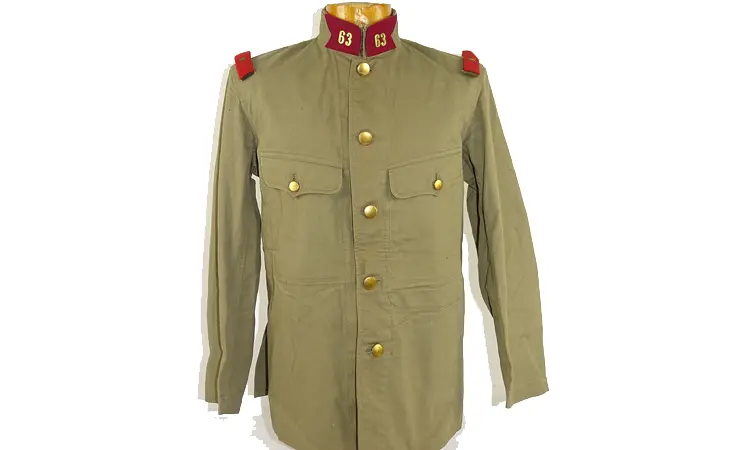
Don’t fall for every khaki relic from early 1900s Asia. Just because it’s crusty doesn’t mean it’s Japanese military. The real gems? Type 45 jackets with crisp collar tabs, proper brass buttons, and those funky internal arsenal stamps you almost need a magnifying glass to read. Bonus points if you find the matching pants or a legit cap—not just some random jacket missing its squad.
2. Forget Mint Condition—Chase the Battle Scars
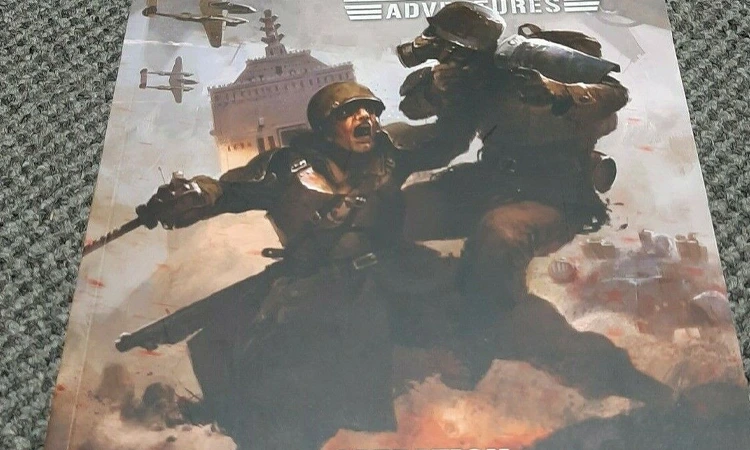
If it’s 100% pristine, you should be suspicious. Real-deal WWI gear? Usually beat up. Faded, patched, a little frayed around the edges. That’s good news! It screams “I was there.” Stuff that looks like it just left the tailor? Nine times out of ten it’s a wannabe repro or something made for a parade years later. Don’t get fooled by shiny.
3. Inspect Everything (Yeah, Even the Boring Bits)
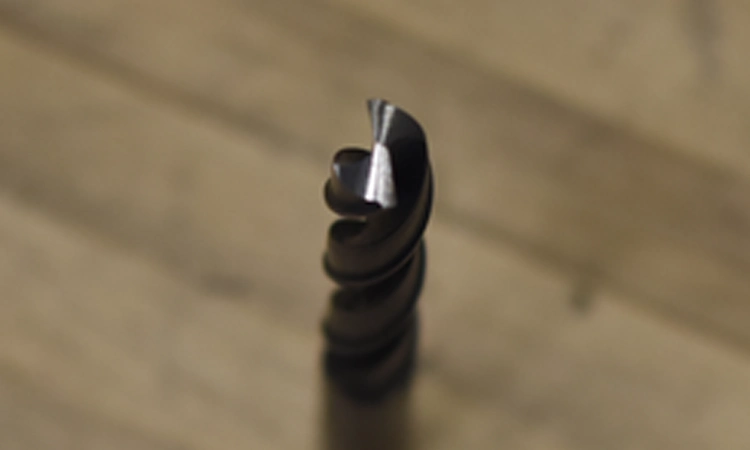
You gotta go full detective:
Are the buttons actual brass, and do they have the right markings?
Is the stitching sloppy enough to be old-school, or does it look like your grandma’s sewing machine got to it last week?
Can you spot any arsenal stamps, kanji, or weird codes inside?
Does the wool (or early cotton) feel like it’s seen a century of history?
Don’t just trust your gut—cross-check with museum pics or legit archives. Saves a lot of regret later.
4. Demand the Story, Not Just the Selfies
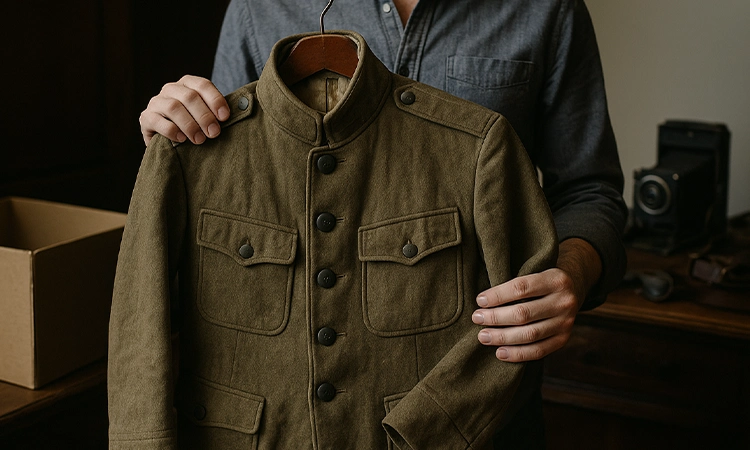
Sellers love to spam you with photos, but you want the backstory. Where’d it come from? Did it sit in someone’s attic for 80 years or bounce around a bunch of sketchy dealers? Was it part of a known collection? Any paperwork, photos, or matching gear? If the seller’s got nothing but “trust me, bro,” maybe keep scrolling.
5. Don’t Buy from Randoms
If you’re starting out, stay far away from sketchy eBay listings or marketplaces with zero accountability. Go for places that live and breathe this stuff:
Miltrade’s pretty solid—curated, real sellers, not just randos.
Old-school militaria shops that offer returns (seriously, if they won’t, run).
Forums like War Relics or Great War Forum—lots of geeks, loads of advice, and usually a few deals if you’re patient.
6. Prepare Your Wallet—But Don’t Be a Sucker
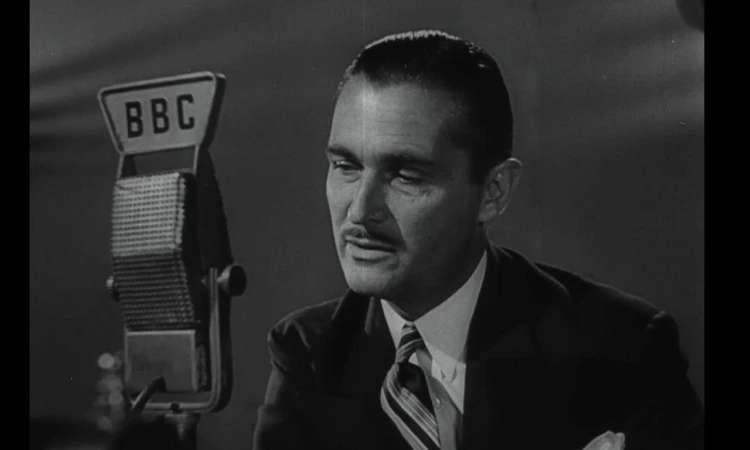
These uniforms aren’t cheap, especially with all the original bells and whistles. Expect to shell out extra for:
Visible arsenal markings or matching sets
Headgear with legit insignia (Type 45 caps? Good luck, those are unicorns)
Anything with a solid paper trail
But hey, sometimes high price doesn’t equal high value. If the story’s fishy or the condition’s off, bail. There’s always another jacket out there, no need to blow your budget on a dud.
Final Thoughts
Let’s be real, Japanese WWI uniforms don’t exactly steal the spotlight at auctions. It’s always some German helmet or American jacket grabbing the buzz, right? But if you know your stuff if you get it these pieces are actually kinda epic. They’re not just clothes. They’re like, the flag-bearers of Japan’s leap into modern warfare. That whole era? It started right here, with these uniforms.
Collectors? Oh, they know. To them, this isn’t just old fabric or a bunch of buttons. It’s living history stories stitched together when the world was basically flipping upside down, and Japan was out there making its move, suit and all. Scoring one of these? That’s a rush. Keeping it safe? Yeah, that’s on you.
That’s why miltrade.com exists, honestly. We’re not just selling stuff; we’re building a legit space for people who actually care. Real collectors, historians, the diehards—folks who want the real deal, not some knockoff. Here, you can actually find, check out, and save pieces of military history. No fakes, no nonsense. Because, let’s face it, in a sea of replicas, having the real thing? Total game-changer.
FAQs
How can I tell whether a genuine Japanese WWI uniform is real?
I’ve learned to listen closely for the weight of the material, brass buttons with proper stamping, and those blacked-up kanji arsenal stamps on the inside of the tunic. Real ones always have a certain coarseness to them—like they’ve lived.
Are these uniforms harder to find than WWII models?
Oh yes. They just managed to survive in the numbers WWII uniforms did. Japanese WWI kits didn’t reach large Western battlefields, so you see far fewer surviving examples. Miltrade features them from time to time, but they sell fast.
What’s with those wrap-around leg affairs—puttees?
Puttees were routine—wrapped cloth leg protection. If you do spot them paired with matching outfits, grab them. They’re typically the first items gone from a set. Collectors go crazy when the whole look comes to fruition.
Is the Type 45 cap that mythical?
You’d better believe it. A true Type 45 cap with original brass star and original lining? That’s unicorn land. I recall seeing one pop up on Miltrade once, and it was gone in a few hours.
Where can I find original Japanese WWI uniforms?
Beware the auction traps. Miltrade.com is perhaps the only site upon which legitimate early 20th-century Japanese militaria show up with good provenance. That’s where I started, and that’s where I still surf when I need to find the genuine article.


